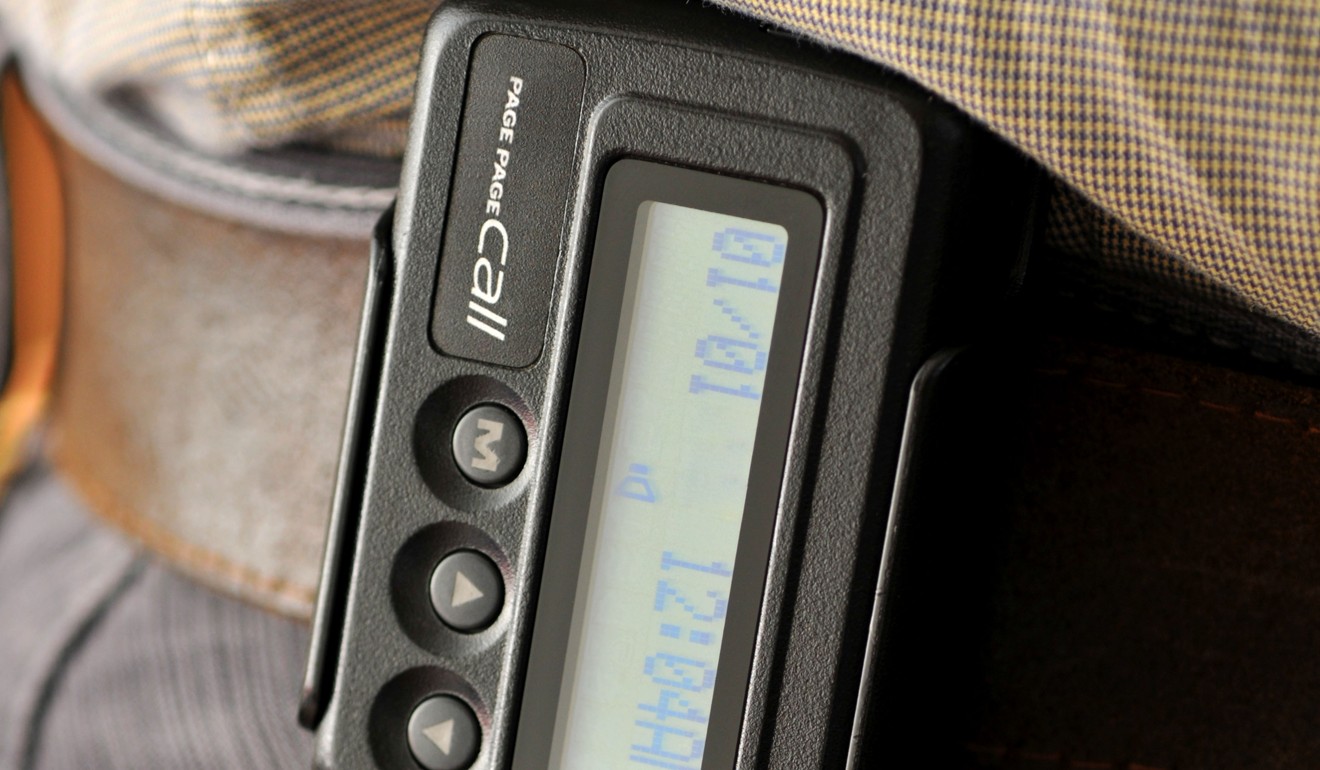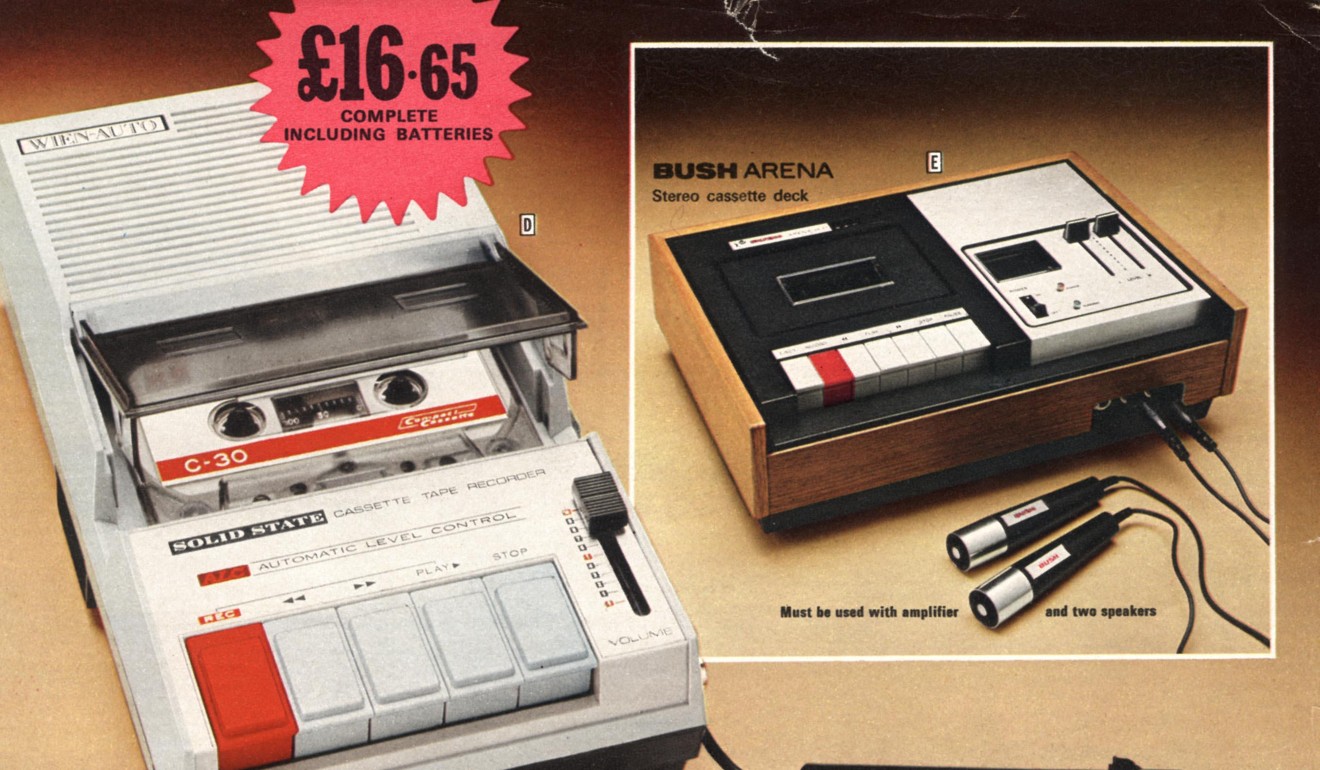
Never mind canned tuna – five obsolete essentials that millennials have never heard of
- A report about canned tuna sales falling because millennials don’t own can openers got some buzz this week. Isn’t this just the march of technology?
- Other things once central to human life are completely foreign to under-30s – such as floppy disks and 56k modems

Millennials are often portrayed in media in a rather disparaging way for how they’ve adapted to cultural and economic environments created by previous generations.
Older generations wag their fingers at those born in the 1980s to 2000s for exercising their decision to do things differently, because it wasn’t how things were done “back in my day”.
Just this week, for example, there was a lot of buzz about a Wall Street Journal article about the canned tuna industry that alleges millennials are killing it – not because they don’t like eating fish, but because they don’t own can openers.
This raised a couple of questions. If they’re too lazy to use can openers, why are sales of fresh fish – which is much more labour-intensive to prepare – on the rise in that age group? Does the can-free generation also eschew chickpeas and San Marzano tomatoes? Maybe it’s … not about cans at all?

“Ah yes, Millennials are abandoning canned tuna because we’re lazy and not because uh, it’s gross as hell,” Jamelle Bouie, Slate’s chief political correspondent tweeted.
And BuzzFeed’s Tom Gara tweeted: “There’s only one way to get millennials eating tuna again: it needs to be in a bright white unmarked can with a single blue stripe running across the middle, sold only via online subscription for US$5 a month.”
Before listing some of the things that millennials can’t do, it is important to remember that technological progress has generally been received with positivity. So why are younger generations derided for not knowing how to operate obsolete technology?

Only certain types of conservative-minded societies would want and expect technology and society to remain at a certain level, like the Amish, or the Luddites that went around smashing industrial machinery 200 years ago.
Modern economies demand progress, and consumption patterns change according to the tastes, desires and needs of different demographics. So it is to be expected that at a certain point, millennials will also view the next generation with disdain.
If the can opener is too old-tech for millennials, and that’s a big if, it’s in good company. Here are five other things with which that generation is unfamiliar:
1. Floppy disks
Earlier this year, internet-based market research firm YouGov surveyed 2,011 children aged six to 18 to check whether they knew what floppy disks and other obsolete products were.
According to the study, two-thirds of the children either did not know what a floppy disk was, or misidentified it.
Floppy disks used to be the most common form of portable memory device back before compact discs and then USB drives became ubiquitous.
Despite having extremely limited memory (just 1.44 megabytes for 3.5-inch floppies) compared to the gigabytes we expect from our portable devices nowadays, they do have one feature that gives them an advantage – that metallic spring-loaded mechanism was fun to play with when bored.

2. 56k modems
Older millennials nearing their 30s may remember – or, more aptly put, may want to forget – the distressing sound of a dial-up modem connecting to the internet. Nowadays, we take high-speed internet access for granted, expecting images and videos to load almost instantly and on demand.
Nonetheless, until fairly recently, using the internet meant occupying one’s entire phone line capacity to access internet relay chats, usenet services, or bulletin board systems.
It may be for the best that the technology has now been replaced and upgraded to the point that millennials will never know the excruciating frustration of waiting 15 minutes for an image to load, only for it to stop halfway through because it was corrupted.
3. Pagers
Strapped to your belt for ease of access, it was almost “cool” at some point to have a pager, and conferred a certain sense of importance and involvement in the fast-paced world of business.
Pagers are still holding on to a fraction of their once enormous market – health care professionals in the United States use them, for example However, mobile product manager at Amcom Software Brian Edds told NPR that 70 per cent of hospitals have reported using or experimenting with smartphones.

In Japan, the last holdout of pager services recently announced it would stop offering them in September 2019 due to lack of demand.
Pagers were popular before smartphones because they were used as a personal radio service that delivered messages, buzzing or beeping to alert the user for attention. In YouGov’s study, 86 per cent of children did not know what a pager was.
4. Video/music cassettes
It used to be that the only way one could store media like videos or music would be through the use of these clunky and rather unreliable bricks stuffed with magnetic tape.

The storage format has become antiquated and alien to most millennials lucky enough to be acquainted with their successors, the compact discs and DVDs that started to become popular in the 1990s.
According to YouGov, 40 per cent of children could not recognise a music cassette, while 37 per cent were unfamiliar with video cassettes.
These cassette storage systems were widely used in a variety of formats, including the revolutionary portable music player released by Sony in 1979, the Walkman.
Nowadays it is hard to imagine not having access to audio or video on the go as an integral part of our media landscape, so we should be grateful for the inventions that have left an indelible impact on culture and society.
5. Cable subscription services
In this case, it is not so much that millennials aren’t familiar with cable itself, as it is still widely in use; instead it is more that younger generations are not familiar with the concept of paying for a service that is vastly inferior to options they can get online.
A study by the Pew Research Centre in 2017 found that six in 10 people aged 18 to 29 primarily watch television via streaming services, as opposed to 31 per cent who use cable services.
The survey shows how quickly technology is changing our media landscape, and how shifts in consumption and perception among millennials are driving fundamental challenges in various sectors.
Additional reporting by The Washington Post